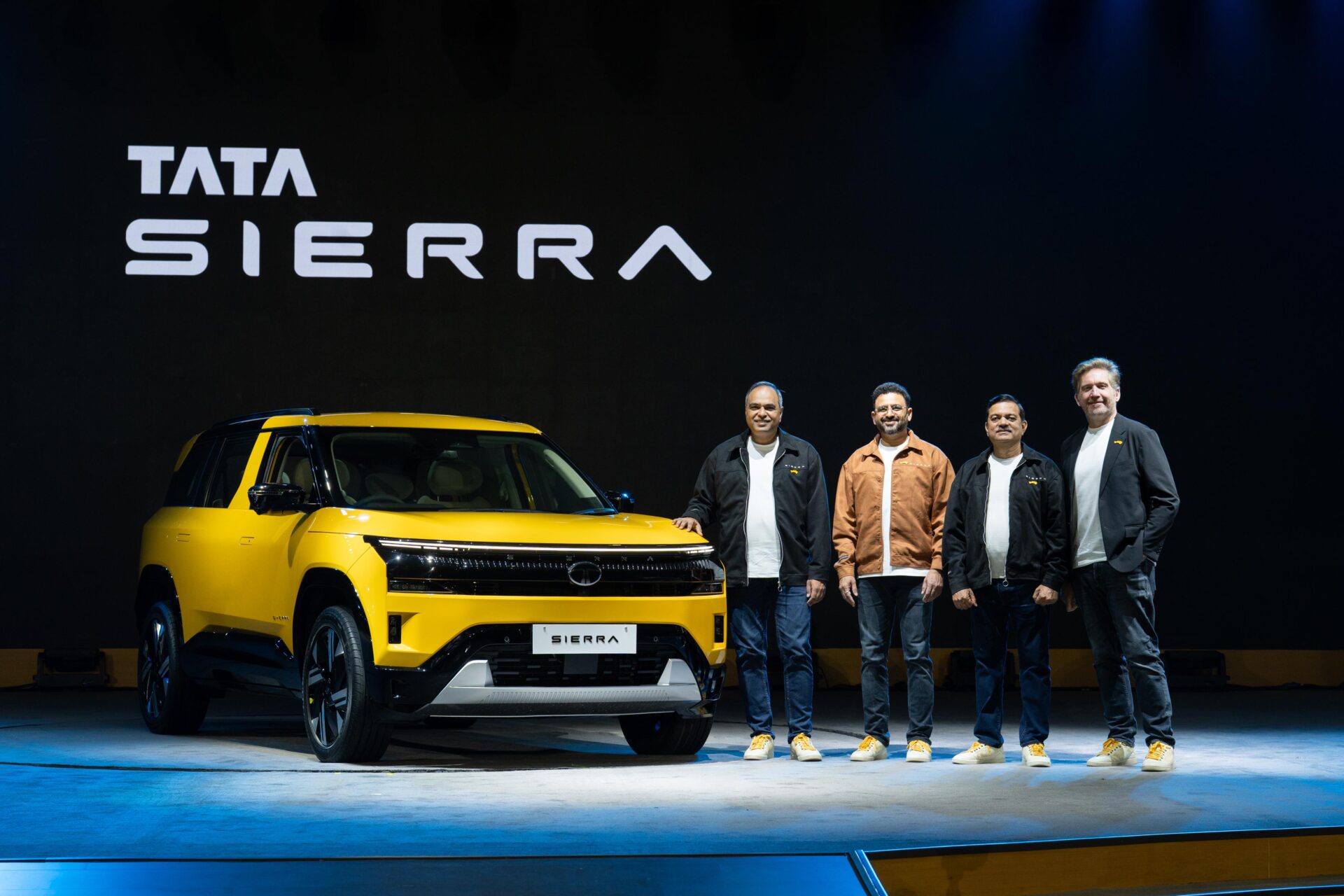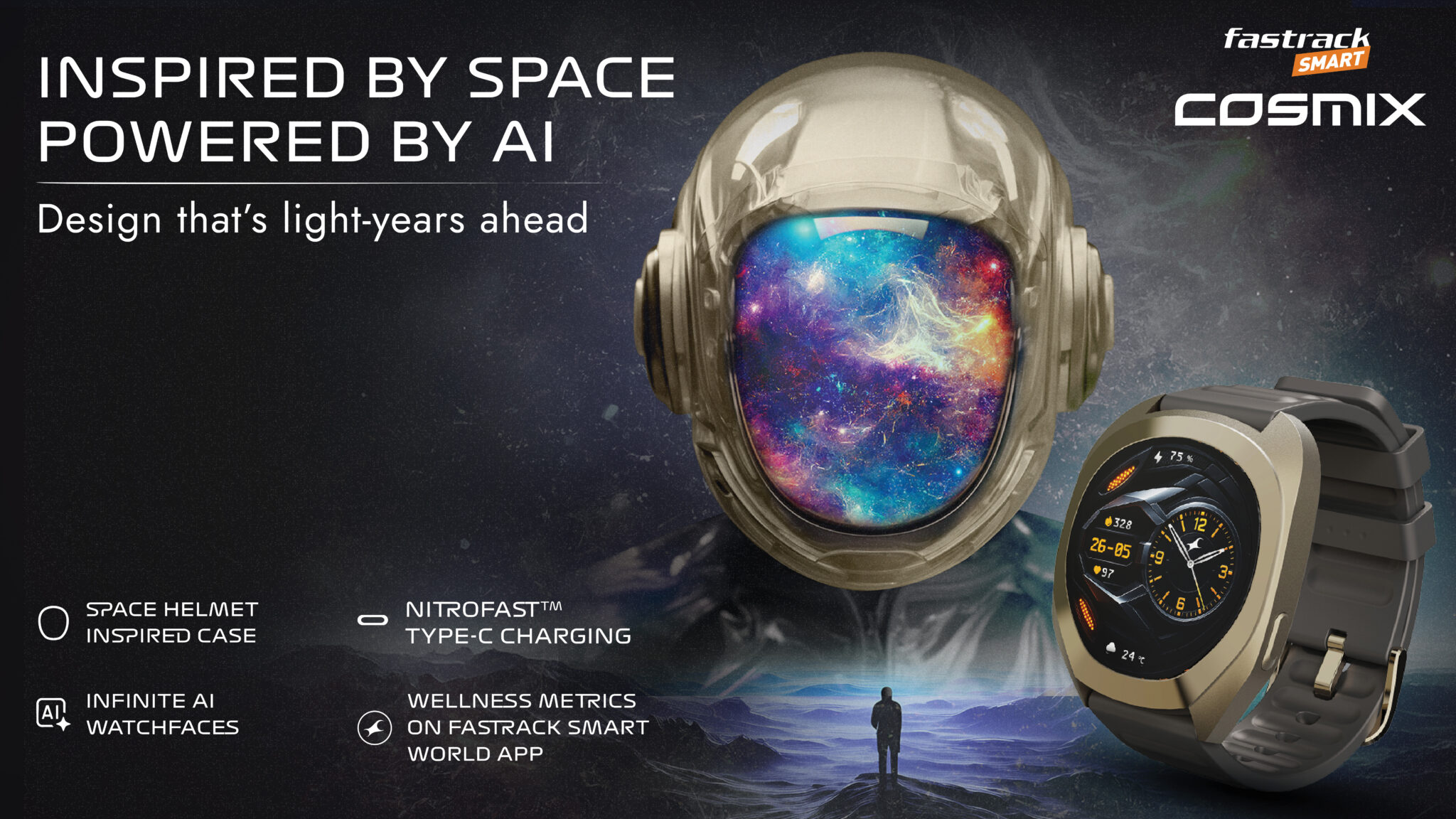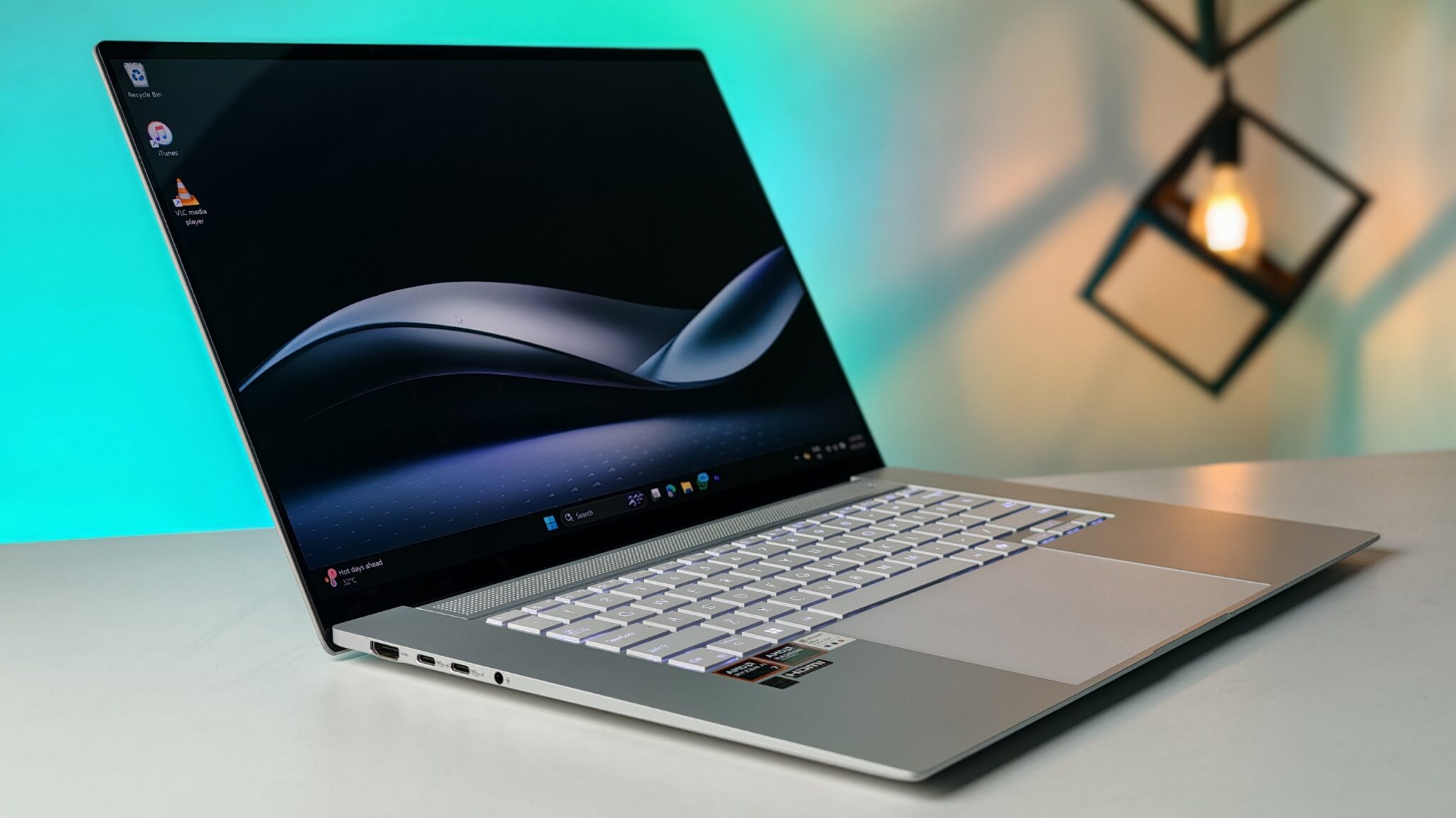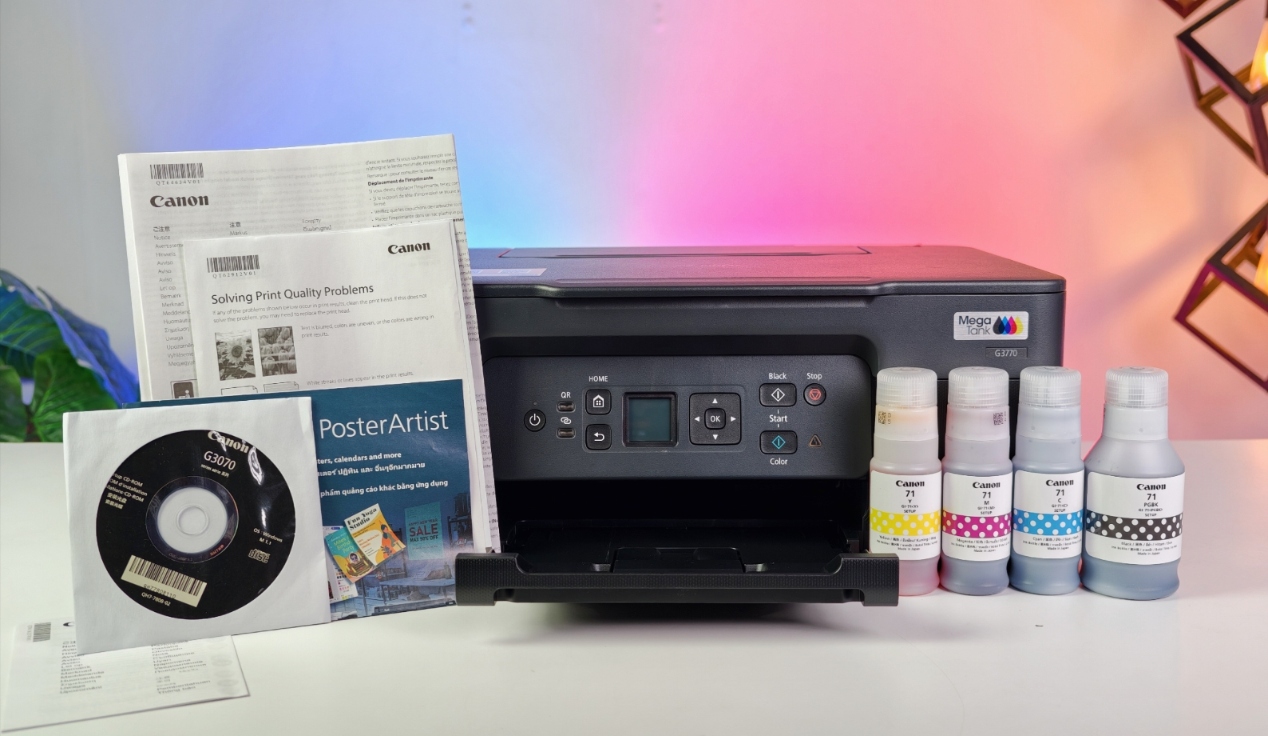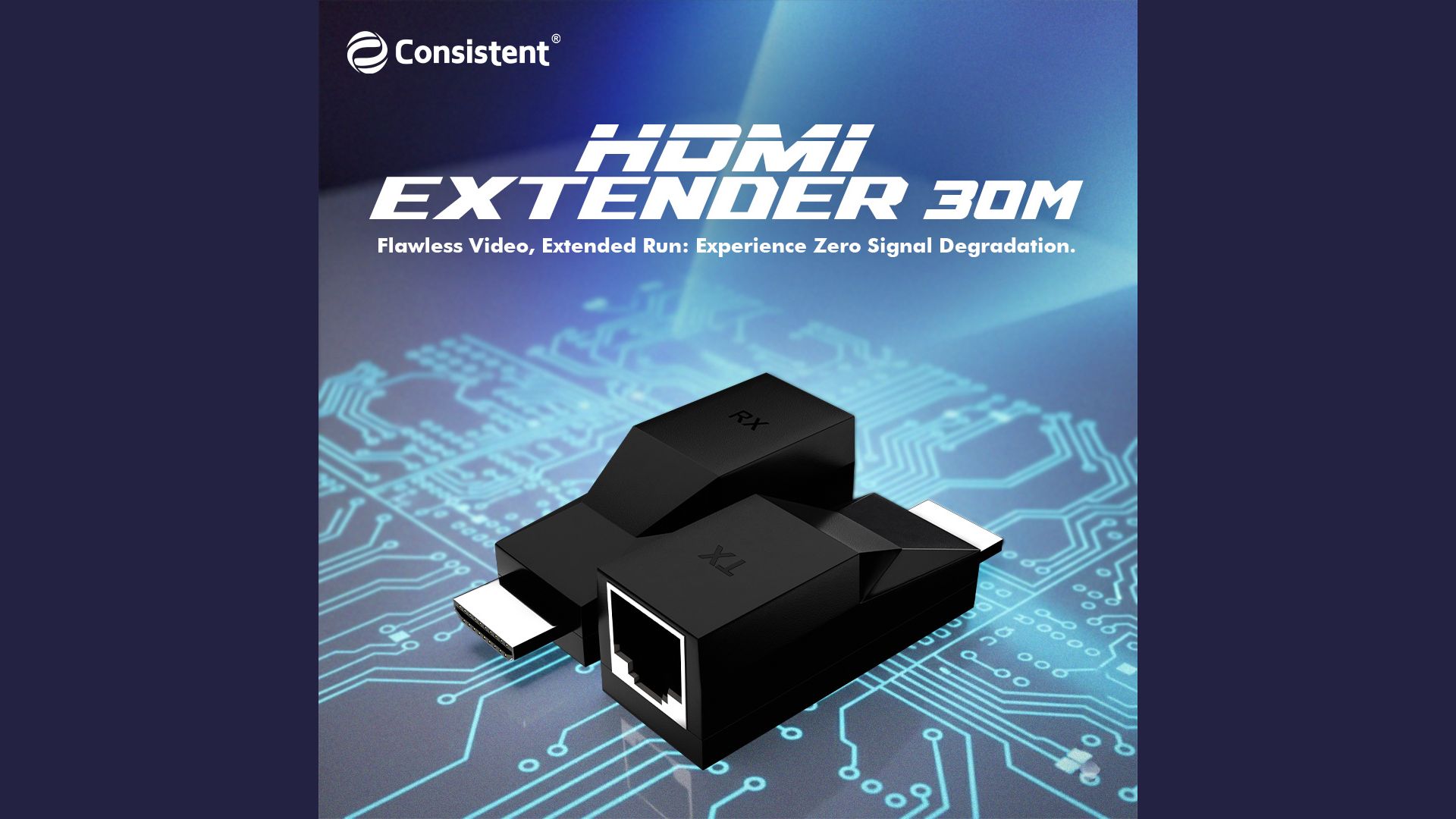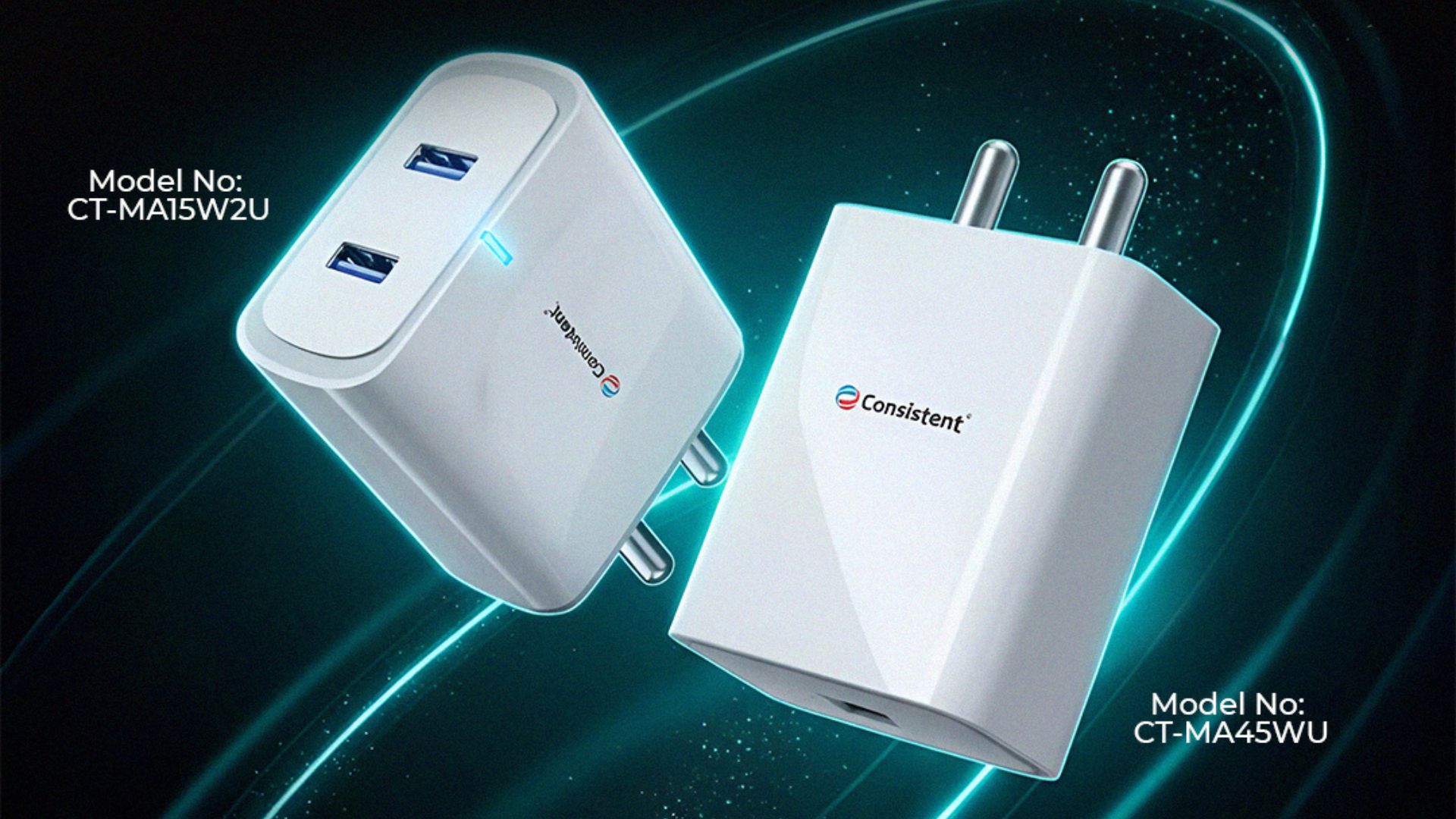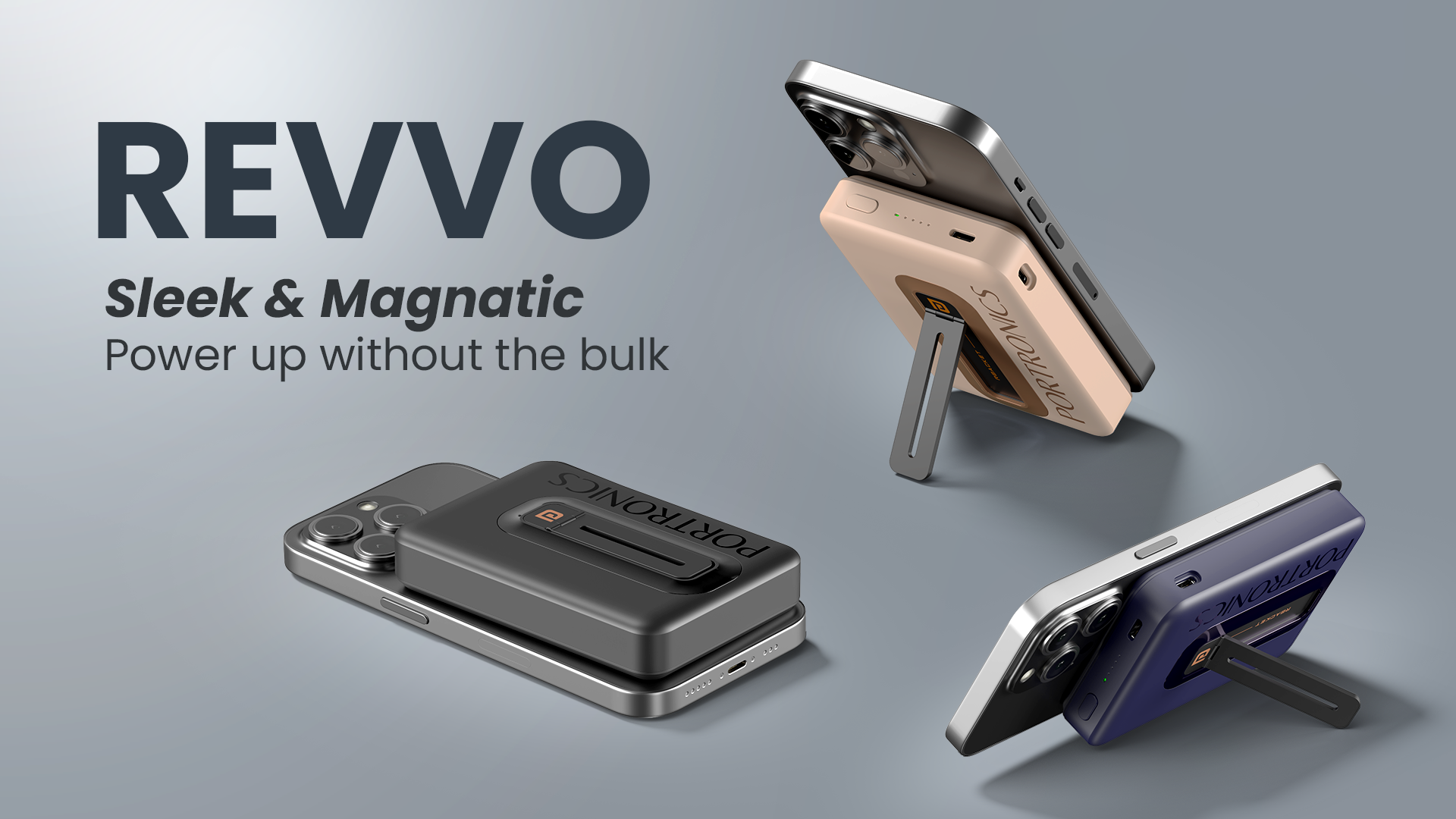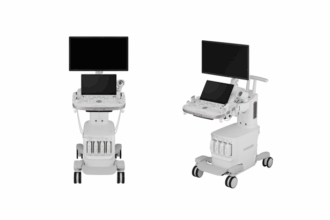Tata Motors Passenger Vehicles Ltd. has brought back one of its most celebrated nameplates. The Tata Sierra returns, this time as a thoroughly reimagined mid-size SUV, with an introductory ex-showroom price of ₹11.49 Lakh. The brand that first showed up in 1991 has been updated for modern Indian buyers, combining a bold, distinctive look with contemporary technology and a higher level of perceived refinement.
The company is framing the Sierra as the start of a new notch in the market: a Premium Mid-SUV. The aim is to lift expectations around space, comfort, safety, and day to day usability in this crowded segment, while keeping the original Sierra spirit intact.
Key takeaways
- Iconic return: The Tata Sierra, originally launched in 1991, makes a comeback after more than two decades.
- Starting price: Introductory ex-showroom price begins at ₹11.49 Lakh.
- New category: Tata positions it as a Premium Mid-SUV, targeting buyers who want something more distinctive than the usual mid-size offers.
- Design recognition: The Sierra concept has won the Red Dot Design Award for its styling.
Engine options: Multiple powertrains are offered:
1.5-litre Turbo-Petrol (160 hp, 255 Nm).
1.5-litre Naturally Aspirated Petrol (106 hp, 145 Nm).
1.5-litre Turbo-Diesel (118 hp, up to 280 Nm).
Modern features: Triple-screen layout, Level 2 ADAS, panoramic sunroof, and a premium JBL audio system are headline items.
A design legacy, reimagined
The original Sierra was notable in its day for being India’s first indigenously designed SUV. It had a unique three-door configuration, a tall stance, and that wraparound rear glass that made it instantly identifiable. Shailesh Chandra, MD & CEO of Tata Motors Passenger Vehicles Ltd., has pointed out that the new model aims to set a fresh benchmark for Indian mobility, promising a premium experience that enhances everyday travel.
The 2025 Sierra keeps the unmistakable identity of the original but updates it in sensible ways. The boxy silhouette remains, evoking the classic SUV look, yet the surfaces are cleaner and more modern. Flush door handles, a full-width LED light bar up front and at the rear, and a sleeker roofline give it a contemporary presence without losing the original character. The fixed large rear glass, an iconic element, has been reinterpreted: a blacked-out roof finisher and a large panoramic sunroof recreate that airy cabin feel while respecting current safety norms. That approach to design has earned international recognition with the Red Dot Design Award for the Sierra concept.
Premium cabin and technology
Tata has clearly aimed to make the Sierra feel like a step up. The interior shifts toward a lounge-like ambience with improved materials and a sense of craftsmanship you do not always find at this price point. A triple-screen dashboard anchors the experience, with a central 12.3-inch infotainment screen, a digital instrument cluster, and a passenger-side display.
Comfort features include ventilated and powered front seats, dual-zone climate control, and rear seats with a two-step reclining function. The platform underneath is Tata’s ARGOS architecture, which the company says improves ride quality and crashworthiness. Safety equipment is substantial: six standard airbags and a Level 2 ADAS suite that includes adaptive cruise control and forward collision warning. Tata has also confirmed that an All-Wheel Drive version will arrive later.
Engines and driving impressions
The new Sierra offers three 1.5-litre engine options to suit different buyer priorities. The turbo-petrol is the most powerful, the naturally aspirated petrol is the simpler and more frugal choice, and the turbo-diesel provides a strong torque figure for those who need it. On paper the torque numbers and power outputs look competitive for the segment, and the ARGOS platform should help turn those numbers into a composed real-world driving experience. I think buyers will appreciate the variety here, though some may prefer one engine over the others depending on how they use the car.
Positioning and rivals
Tata places the Sierra against mid-size rivals such as the Hyundai Creta, Kia Seltos, and Maruti Grand Vitara, but it is marketed specifically as a Premium Mid-SUV to emphasize design, feature content, and comfort. That is a useful distinction, even if the competitive set overlaps heavily. The Sierra’s styling and feature list is meant to give it a unique appeal to buyers who want something that stands out rather than blends in.
Bringing nostalgia into the present
There is a careful balancing act here. The Sierra rides on nostalgia but does not feel like a retro copy. Instead it borrows the spirit and selective cues from the original and translates them into a modern package that addresses safety, technology, and comfort. That strategy should work well for buyers who value individuality and want a stronger statement on the road.
Frequently asked questions
Q1: Which segment does the new Tata Sierra compete in?
A1: The new Tata Sierra competes in the mid-size SUV segment, with direct rivals like the Hyundai Creta, Kia Seltos, and Maruti Grand Vitara. Tata, however, markets it specifically as a Premium Mid-SUV to highlight its elevated design and feature levels.
Q2: Does the new Tata Sierra have an electric vehicle EV version?
A2: Yes. Tata Motors has confirmed that an all-electric EV variant of the Sierra is in development and will be launched at a later date.
Q3: What is the significance of the original Tata Sierra?
A3: The original Sierra, launched in 1991, was significant as India’s first indigenously designed SUV and one of Tata Motors’ early passenger vehicles. It stood out for its three-door layout and pioneering character at the time.
Q4: When will bookings and deliveries for the new Sierra start?
A4: Current information suggests bookings for the new Tata Sierra are expected to open on December 16, 2025, with deliveries slated to begin on January 15, 2026.


